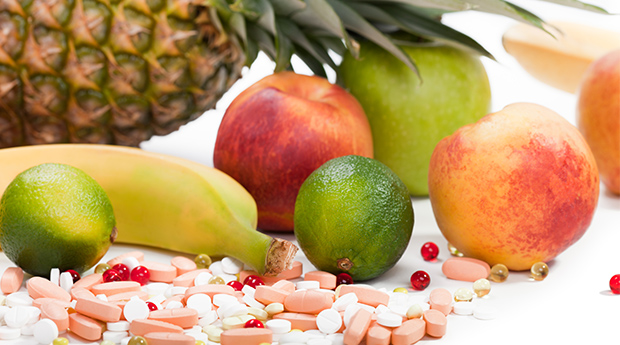Hives is an allergic skin reaction causing localized redness, swelling, and itching
Hives is a reaction of the body's immune system that causes areas of the skin to swell, itch, and become reddened (wheals). When the reaction is limited to small areas of the skin, it is called "urticaria." Involvement of larger areas, such as whole sections of a limb, is called "angioedema."
Causes
Hives is an allergic reaction. The body's immune system is normally responsible for protection from foreign invaders. When it becomes sensitized to normally harmless substances, the resulting reaction is called an allergy. An attack of hives is set off when such a substance, called an allergen, is ingested, inhaled, or otherwise contacted. It interacts with immune cells called mast cells, which reside in the skin, airways, and digestive system. When mast cells encounter an allergen, they release histamine and other chemicals, both locally and into the bloodstream. These chemicals cause blood vessels to become more porous, allowing fluid to accumulate in tissue and leading to the swollen and reddish appearance of hives. Some of the chemicals released sensitize pain nerve endings, causing the affected area to become itchy and sensitive.
A wide variety of substances may cause hives in sensitive people, including foods, drugs, and insect bites or stings. Common culprits include:
- nuts, especially peanuts, walnuts, and Brazil nuts
- fish, mollusks, and shellfish
- eggs
- wheat
- milk
- strawberries
- food additives and preservatives
- penicillin or other antibodies
- flu vaccines
- tetanus toxoid vaccine
- gamma globulin
- bee, wasp, and hornet stings
- bites of mosquitoes, fleas, and scabies
Symptoms
Urticaria is characterized by redness, swelling, and itching of small areas of the skin. These patches usually grow and recede in less than a day, but may be replaced by hives in other locations. Angioedema is characterized by more diffuse swelling. Swelling of the airways may cause wheezing and respiratory distress. In severe cases, airway obstruction may occur.
Diagnosis
Hives are easily diagnosed by visual inspection. The cause of hives is usually apparent, but may require a careful medical history in some cases.
Treatment
Mild cases of hives are treated with antihistamine such as diphenhydramine (Benadryl) or desloratadine (Clarinex). Clarinex is non-sedating, meaning it will not make patients drowsy. More severe cases may require oral corticosteroids, such as prednisone. Topical corticosteroids are not effective. Airway swelling may require emergency injection of epinephrine (adrenaline).
Alternative treatment
An alternative practitioner will try to determine what allergic substance is causing the reaction and help the patient eliminate or minimize its effects. To deal with the symptoms of hives, an oatmeal bath may help to relieve itching. Chickweed (Stellaria media), applied as a poultice (crushed or chopped herbs applied directly to the skin) or added to bath water, may also help relieve itching. Several homeopathic remedies, including Urtica urens and Apis (Apis mellifica), may help relieve the itch, redness, or swelling associated with hives.
Prevention
Preventing hives depends on avoiding the allergen causing them. Analysis of new items in the diet or new drugs taken may reveal the likely source of the reaction. Chronic hives may be aggravated by stress , caffeine, alcohol, or tobacco; avoiding these may reduce the frequency of reactions.











 Eggs are one of the world’s healthiest foods.
Eggs are one of the world’s healthiest foods.

